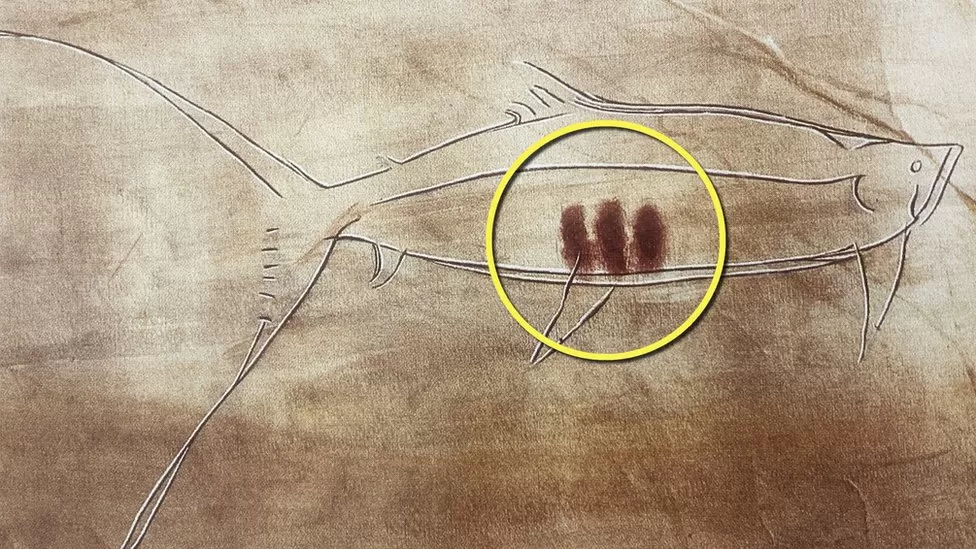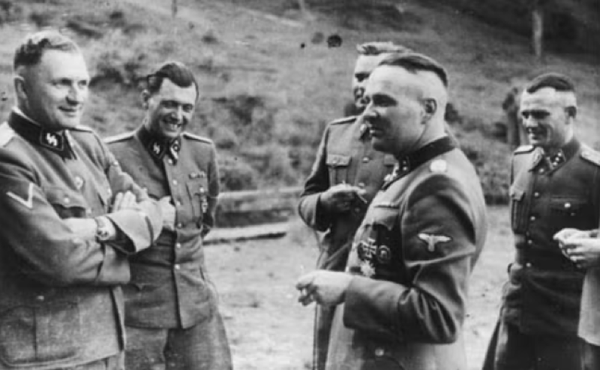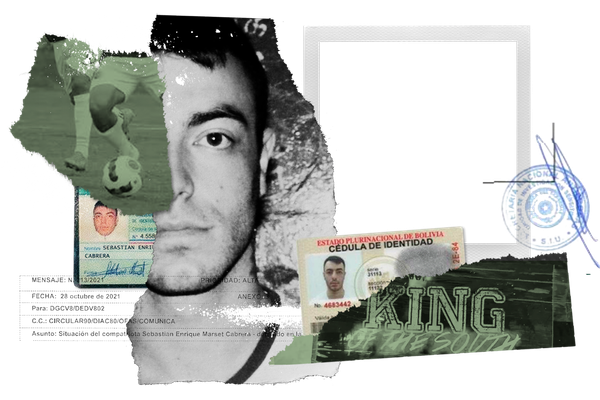Amateur archaeologist helps crack Ice Age cave art code

Ice Age hunter-gatherers in Europe used cave drawings to record detailed information about the lives of animals around them, a new study claims. Markings found on paintings dating back at least 20,000 years have long been suspected as having meaning but had not been decoded until now. The initial discovery that the markings related to animal life-cycles was made by furniture conservator Ben Bacon. He then teamed up with professors from two universities to write their paper. Their findings have now been published in the Cambridge Archaeological Journal. Bacon spent countless hours of his free time looking at examples of cave painting and analysing data to decipher the markings.
Gustave Zander and the 19th-Century Gym
Long before Muscle Beach, tubs of whey protein powder, or the distinct grade of shame that emanates from an unused fitness club card, Dr. Gustaf Zander (1835–1920) was helping his pupils tone their pecs in his Stockholm Mechanico-Therapeutic Institute. Having opened his first institute in 1865 with twenty-seven machines, by 1877 “there were fifty-three different Zander machines in five Swedish towns”. And not long after, Zander reinvented himself professionally. Once a lecturer in gymnastics at Stockholm’s Karolinska Institute, he soon became an international fitness entrepreneur, exporting equipment to Russia, England, Germany, and Argentina.

Why was Roman concrete so durable?
The ancient Romans were masters of engineering, constructing vast networks of roads, aqueducts, ports, and massive buildings, whose remains have survived for two millennia. Many of these structures were built with concrete: Rome’s famed Pantheon, which has the world’s largest unreinforced concrete dome and was dedicated in A.D. 128, is still intact, and some ancient Roman aqueducts still deliver water to Rome today. Meanwhile, many modern concrete structures have crumbled after a few decades. Now, a team of investigators from MIT, Harvard University, and laboratories in Italy and Switzerland, has discovered ancient concrete-manufacturing strategies that incorporated several key self-healing factors in Roman concrete.

Would you sell a kidney if you could?
Dylan Walsh writes for Wired magazine about kidney transplants, which both he and his brother have had. Is it time to consider a regulated market for kidneys? "Thirty-nine thousand people in the US joined the list of those waiting for a kidney transplant in 2018. That same year, there were roughly 6,000 transplants from living donors. There were almost 15,000 from deceased donors. That totals 21,000 transplants. It is hardly worth noting that 21,000 is less than 39,000. Many of the people who received a deceased-donor kidney had been waiting on the list for years, sickening as they waited, often on dialysis."

Why we shouldn't send people to Mars
Maciej Cegłowski says sending humans to Mars would be a waste of time and money: "Landing on Mars with existing technology would be a destructive, wasteful stunt whose only legacy would be to ruin the greatest natural history experiment in the Solar System. It would no more open a new era of spaceflight than a Phoenician sailor crossing the Atlantic in 500 B.C. would have opened up the New World. And it wouldn’t even be that much fun. Sticking a flag in the Martian dust would cost something north of half a trillion dollars, with no realistic prospect of landing before 2050. To borrow a quote from John Young, keeping such a program funded through fifteen consecutive Congresses would require a series “of continuous miracles, interspersed with acts of God."

When ice-pick lobotomies became a fad
Dr. Walter Freeman, a neurologist and Yale graduate, became famous for inventing the trans-orbital lobotomy in the 1940s, which involved using an ice-pick to scramble the frontal lobe. The process took about 10 minutes and didn't require the assistance of a surgeon. For the next several decades, Freeman drove thousands of miles across the country to carry out demonstrations. He sometimes ice-picked both eye sockets simultaneously, one with each hand, chewed gum while he operated and routinely failed to sterilise his hands or wear gloves. Despite a 14 per cent fatality rate, he performed 3,439 lobotomies in his lifetime, including one on John F. Kennedy's sister, Rose Kennedy.

Optical interference from nanostructures
Optical interference Bragg reflections, based on regular, periodic nanostructures of the barbules (fiber-like components) of the feathers (and not pigments), produce the peacock's colours
— Massimo (@Rainmaker1973) January 10, 2023
[read more: https://t.co/MRz0u3wYEZ]pic.twitter.com/NFaxxqRoWE

